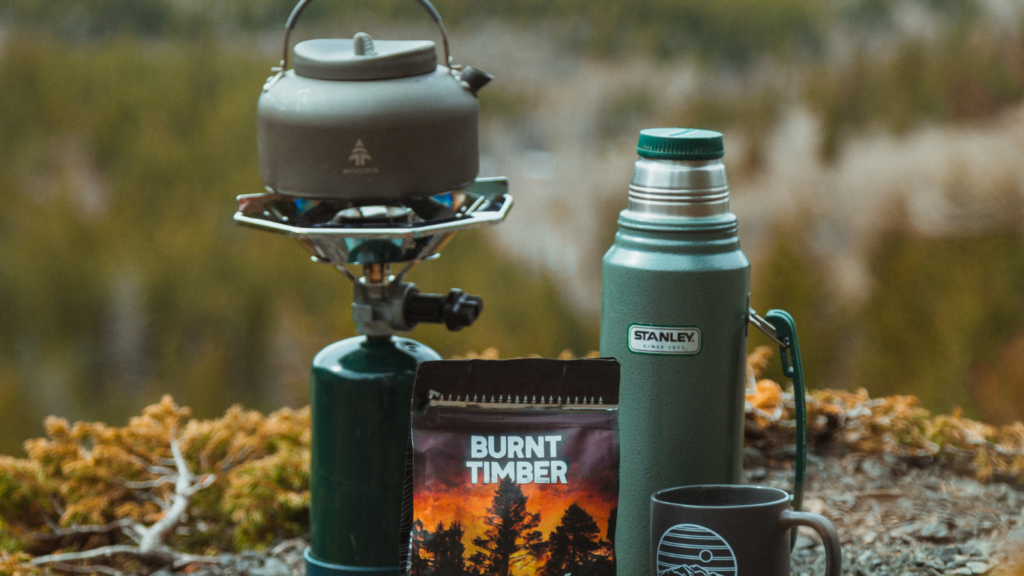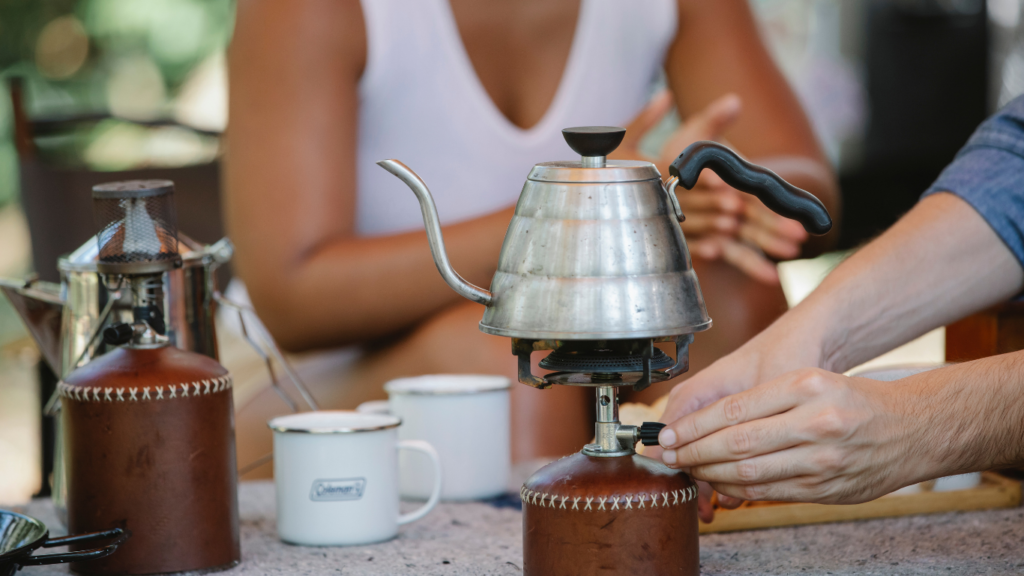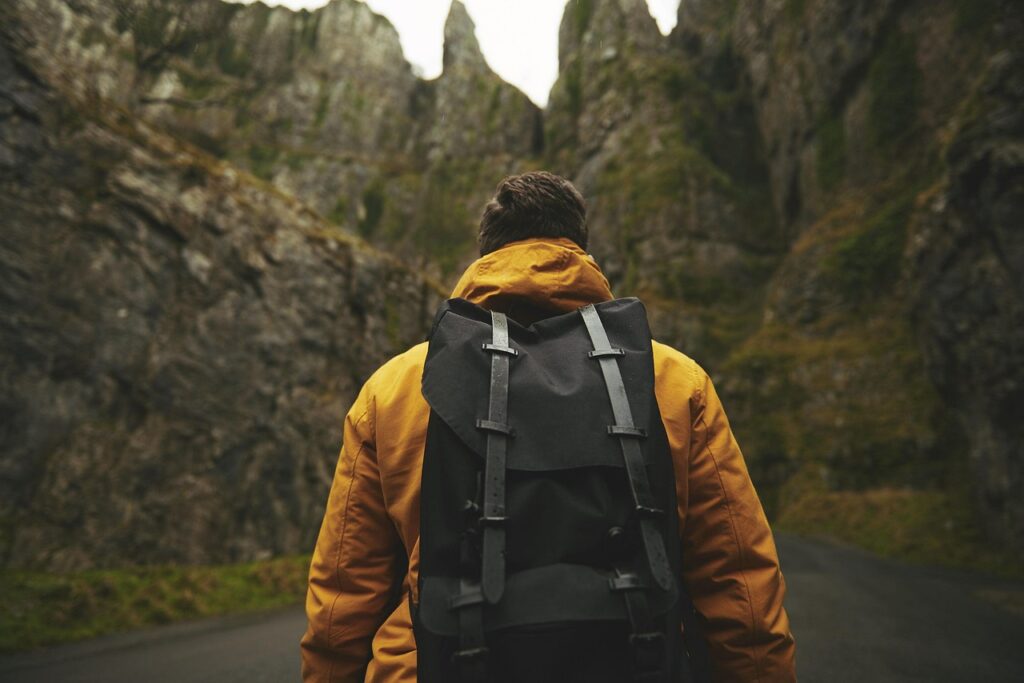Why Portable Stoves Are Essential for Trail Cooking
Portable stoves are crucial for trail cooking due to their convenience and efficiency. Carrying a portable stove allows outdoor enthusiasts to prepare hot meals quickly, enhancing the overall outdoor experience. Cooking on the trail provides necessary nutrition, especially after long hikes, where energy replenishment is vital.
Portability of these stoves ensures they fit snugly in backpacks without adding significant weight. This feature is essential for maintaining mobility during hiking expeditions. Most portable stoves are designed to be compact and lightweight, catering to the needs of serious backpackers and casual hikers alike, like the MSR PocketRocket 2, which weighs only 2.6 oz.
Fuel efficiency is another key factor. Portable stoves use small, readily available fuel canisters that maximize burn time and minimize waste. This efficiency ensures that adventurers can carry less fuel and still cook multiple meals. Many models offer adjustable flame control to conserve fuel, such as the Jetboil Flash, providing a 100-second boil time for 2 cups of water.
Safety and ease of use also make portable stoves indispensable. Designed with stability and wind resistance, they reduce the risk of accidents. Most models come with integrated ignition systems, making them reliable even in adverse weather conditions. Examples include the integrated piezo ignition on the Soto WindMaster.
Portability, fuel efficiency, and safety collectively make portable stoves essential for any trail adventure. These stoves offer the reliability needed to enjoy hot, nutritious meals regardless of the environment.
Key Features to Look for in Portable Stoves
Choosing the right portable stove for trail cooking involves examining several key features. These elements ensure optimal performance and reliability.
Portability
A good portable stove should be lightweight and compact. The MSR PocketRocket 2, for example, weighs just 2.6 oz, making it easy to carry. Consider models that fold or collapse for better storage in small backpacks. Look for stoves that don’t require separate components, reducing bulk and simplifying setup.
Fuel Efficiency
Fuel efficiency directly impacts the duration you can cook. Stoves like the Jetboil Flash offer excellent flame control, helping conserve fuel and extend usage. Choose stoves compatible with readily available fuels such as isobutane or propane. Evaluate the stove’s burn rate, which affects how long you can cook on a single fuel canister.
Durability
Durability ensures the stove withstands harsh conditions. Stoves constructed from stainless steel or titanium resist corrosion and damage. Check for stable designs that prevent tipping, enhancing safety and longevity. Consider weather-resistant models that perform well in wind and rain, like those with integrated wind guards.
Ease of Use
Ease of use is crucial for quick meal preparation. Stoves with integrated ignition systems, like the Soto WindMaster’s piezo ignition, offer reliable startups. Look for intuitive controls, such as easy-to-turn knobs and adjustable flame settings. Opt for stoves with straightforward assembly to minimize fuss during setup and takedown.
Top Portable Stoves for Cooking on the Trail
Finding the right portable stove enhances any outdoor adventure. Lightweight options, fuel efficiency, and reliability make the choice critical for a successful trip.
Lightweight Backpacking Stoves
Lightweight backpacking stoves offer convenience during hikes. Carrying less weight allows for longer treks without added strain. The MSR PocketRocket 2 weighs just 2.6 ounces, making it an excellent choice. Another great option is the BRS 3000T, tipping the scale at only 1 ounce. These stoves fold compactly, fitting easily into any backpack. Look for models like the Snow Peak LiteMax or the Soto Amicus for additional lightweight and compact choices.
Compact Camping Stoves

Compact camping stoves serve as essential gear for efficient and quick meals on the trail.
Brand C Model Z
Brand C Model Z impresses with a weight of just 2.6 ounces. This stove features a foldable design, making it easy to pack inside a backpack. The Model Z achieves full boil in under three minutes, providing reliable cooking speed in any outdoor setting. Crafted from durable stainless steel and aluminum, it’s built to withstand rugged use. The stove uses a piezo ignition system, eliminating the need for matches or lighters, which simplifies meal preparation.
Brand D Model W
Brand D Model W stands out for its ultra-lightweight build, weighing only 1.9 ounces. This stove is compact enough to fit in the palm of your hand when folded. The Model W excels in fuel efficiency, consuming minimal gas while maintaining a high heat output. It supports up to 7-inch cookware, offering versatility despite its size. Featuring titanium construction, this stove delivers strength without added weight. The Model W includes wind-resistant burners, providing consistent performance in varying weather conditions.
Multi-Fuel Stoves
Multi-fuel stoves offer the flexibility of using different types of fuel, which is crucial for long hikes and trips. They adapt to varying fuel availability and perform well in diverse conditions.
Brand E Model V
Brand E Model V stands out for its adaptability and robust construction. It supports fuels like:
- white gas
- kerosene
- unleaded gasoline
This versatility ensures you can find fuel almost anywhere. Weighing 11.5 ounces, it’s slightly heavier than single-fuel stoves, but the weight is justified by its durability and wide fuel compatibility. The stove features a built-in pump for easy pressure regulation, making it reliable in extreme conditions. With a boil time of around 3.5 minutes for one liter of water, it’s efficient enough for most outdoor cooking needs.
Brand F Model U
Brand F Model U excels in both performance and packability. It uses white gas, diesel, and jet fuel, offering unmatched versatility for international travelers. The stove tips the scales at 12 ounces, a reasonable trade-off for its flexibility. It boasts an innovative simmer control feature, allowing precise cooking. This model’s unique preheating tube enhances fuel efficiency, reducing overall fuel consumption. Its compact design, coupled with a stable base, ensures it performs consistently even on uneven terrain. Boiling a liter of water takes about 3 minutes, making it a reliable choice for quick meals.
Pros and Cons of Different Fuel Types
When choosing a portable stove, understanding the pros and cons of fuel types helps make the best decision.
Canister Fuel
Canister fuel, using butane or propane, offers convenience. It’s lightweight, easy to use, and provides consistent fuel pressure. Canisters quickly connect to stoves, making setup simple even in adverse conditions. However, they’re not recyclable in many areas and canisters lose efficiency below freezing temperatures.
Liquid Fuel
Liquid fuel like white gas, kerosene, or unleaded gasoline, delivers high performance. It burns hot, works well in cold weather, and is often refillable, reducing waste. Multi-fuel stoves like Brand E Model V and Brand F Model U utilize liquid fuels, enhancing versatility for international travel. However, these fuels can be messy and require priming, adding complexity to the cooking process.
Solid Fuel
Solid fuel, such as hexamine tablets, is compact and lightweight. It’s ideal for ultralight backpacking since it doesn’t require a heavy stove apparatus. Solid fuel is also stable, non-spillable, and simple to ignite. On the downside, it produces lower heat output and leaves residue, which can be difficult to clean.
Tips for Effective Trail Cooking
To make the most of your portable stove, focus on planning and fuel efficiency. These tips will help you cook efficiently in the backcountry.
Pre-trip Planning
- Assess the Trail Conditions
Identify weather conditions and trail terrain. Pack suitable gear to cope with rain, wind, or cold, ensuring optimal stove performance.
- Portion Out Meals
Divide meals into individual portions. Pre-measure ingredients to reduce waste and cooking time.
- Test Your Gear
Before hitting the trail, test your stove and other cooking equipment. This ensures everything works and you’re familiar with setup and operation.
Efficient Fuel Usage
- Choose the Right Stove
Select a stove type that aligns with your cooking needs. For fast boiling, pick a high-efficiency canister stove. For simmering, consider a liquid fuel model with flame control.
- Monitor Fuel Consumption
Track how much fuel you use per meal. This helps in planning and rationing fuel for longer trips.
- Use a Windscreen
Deploy a windscreen around your stove to enhance fuel efficiency. It shields the flame from wind, ensuring consistent heat distribution.
- Simmer When Possible
To conserve fuel, avoid always cooking at full blast. Use simmer settings when boiling isn’t necessary.
- Optimize Cooking Techniques
Utilize quick-cooking meals like dehydrated foods. These require less fuel and reduce cooking time.
By planning ahead and managing fuel use, you can enjoy hassle-free cooking on the trail.




